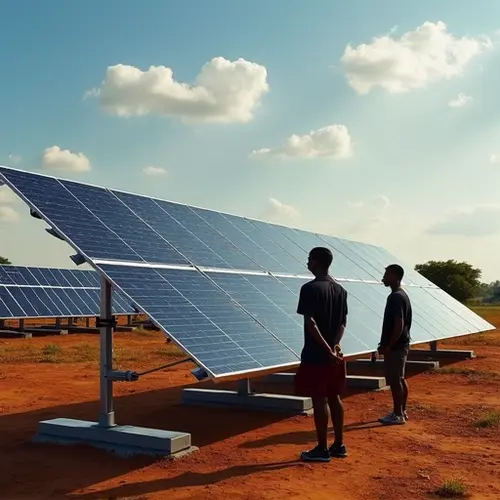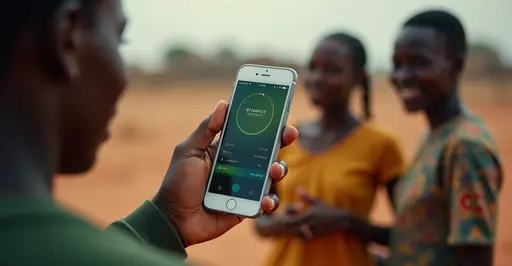
New Trade Agreements Reshape Africa's Economic Future
The African Continental Free Trade Area (AfCFTA) has entered its operational phase, triggering a surge in intra-African exports. Recent data shows a 22% year-on-year increase in trade volumes since January 2025, as 90% tariff reductions take effect across 54 participating nations.
Breaking Down Barriers
The landmark agreement eliminates tariffs on most goods and introduces the Pan-African Payment and Settlement System (PAPSS), allowing transactions in local currencies. This has particularly benefited small businesses like Ghana's textile exporters, who've seen cross-border sales triple. "Before AfCFTA, exporting to Nigeria took 3 weeks with 15 documents. Now it's 5 days with digital paperwork," says Accra-based manufacturer Kofi Mensah.
Global Economic Shift
The timing proves crucial as the African Growth and Opportunity Act (AGOA) with the US expires this year. While AGOA generated $10.8 billion in African exports in 2024, AfCFTA's infrastructure now offers alternative markets. The EU's new Economic Partnership Agreements provide additional access, with African agricultural exports to Europe rising 17% this quarter.
Challenges Remain
Despite progress, non-tariff barriers persist. The African Trade Observatory reports 1,200 regulatory hurdles in Q1 2025, mostly customs delays. Poor transport networks add 30-40% to logistics costs. "We need more investment in ports and railways to unlock AfCFTA's full potential," notes AU Trade Commissioner Albert Muchanga.
Future Outlook
The UN Economic Commission for Africa projects intra-African trade will grow 52% by 2030. With the African Export-Import Bank launching $1 billion in trade facilitation funds this month, analysts predict manufacturing exports could double within five years, reshaping global supply chains.

 Nederlands
Nederlands English
English Français
Français Deutsch
Deutsch Español
Español Português
Português







